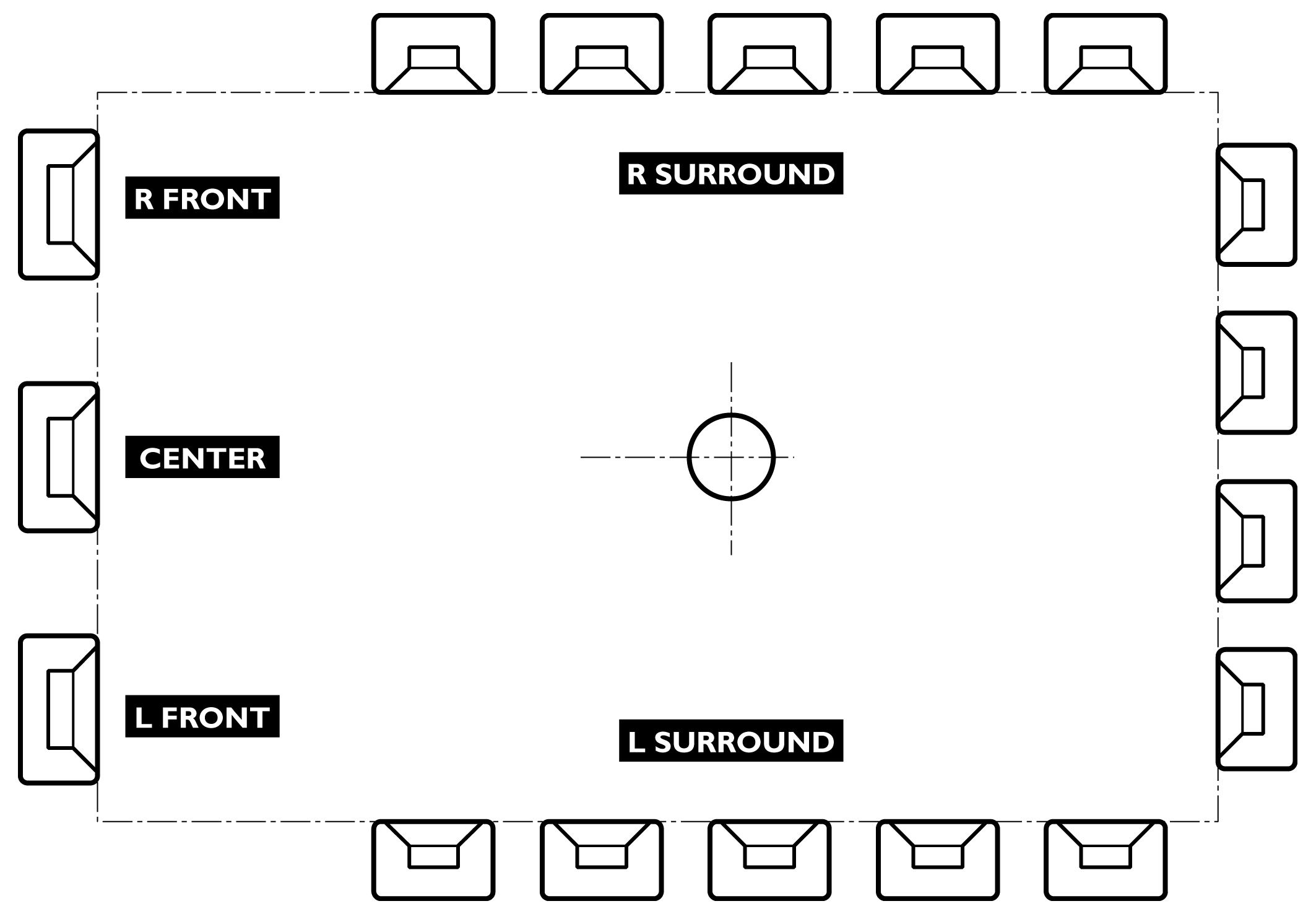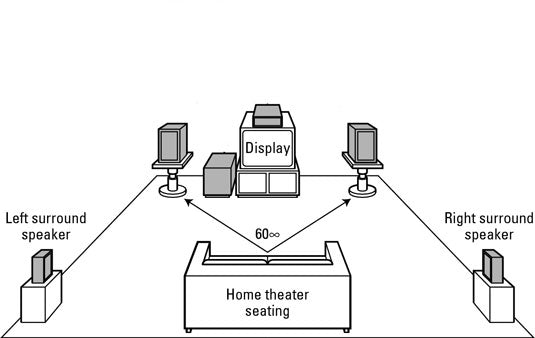
- #CEILING SPEAKER PLACEMENT CALCULATOR INSTALL#
- #CEILING SPEAKER PLACEMENT CALCULATOR DRIVER#
- #CEILING SPEAKER PLACEMENT CALCULATOR SERIES#
- #CEILING SPEAKER PLACEMENT CALCULATOR TV#
#CEILING SPEAKER PLACEMENT CALCULATOR INSTALL#
You can install multiple single-point-stereo speakers wired for stereo or mono throughout the zone as well. You’re generally much better off installing several speakers spaced throughout the room all playing at reduced volume rather than one or two speakers cranked up to cover the whole room. Placing speakers to the sides of the table, aimed at the side walls instead of directly over a dining room table is a good example. The idea is to make their sound less distracting. In zones where the primary goal is background music, it may be best to locate the speakers away from the main areas or aimed towards a wall or other section of the zone. Putting them on the back wall really isn’t a great choice unless you have no side options (the surround sound installs in the model homes mentioned at the beginning of this article all had the surround speakers in the backs of the rooms, of course). Primary surround speakers are best located to the side of the listeners, a little back from the seating position. Place the front L/R speakers no more than 3 feet to the side of the screen, if possible. And since clients always seem to want to hear the surrounds constantly, perhaps aiming them at the audience is best no matter what) For Dolby Atmos/DTS-X ceiling locations they should be aimed at the listeners. However, if they’re being used for primary (side) or secondary (rear) surround locations you might want to consider aiming them at the adjacent wall to create a more diffuse surround field (Better for movies and TV, not so much for music.
#CEILING SPEAKER PLACEMENT CALCULATOR TV#
If the speakers are being used in a home theater or TV application you’ll want the front speakers aimed towards the viewers.
#CEILING SPEAKER PLACEMENT CALCULATOR DRIVER#
Note that models which only allow aiming of the tweeter will be less effective than those that angle the entire driver assembly because the lower midrange comes from the larger driver. If you install speakers that include angled assemblies or that let you aim the tweeters, think before you aim them.
#CEILING SPEAKER PLACEMENT CALCULATOR SERIES#
(We’re actually working on this for our CA series models.) Unfortunately, most suppliers don’t provide this info. If you can get dispersion specification for the speakers you’re installing from the manufacturer you’ll have a better idea of their coverage. If you have low ceilings, depending on the coverage area you need, you may want to add more speakers or consider in-wall instead of in-ceiling models. That means you can place the speakers further apart and still get decent coverage.

This applies especially to the upper mids and high frequencies as these start to beam as the frequency rises. The higher the ceiling, the broader the angle of coverage will be at ear level. They are also an excellent choice for marine installations, saunas, pool houses, etc.

We also want to remind you that the entire Terra CA series is IP 65 rated and can be exposed to pretty much any typical environmental conditions you’ll find in a home or light commercial application. Should you know all this stuff, just consider this a refresher. So we’d like to offer some guidelines that you may or may not be aware of. In many cases installers may not really understand such subtleties as speaker positioning in custom (or even not so custom) install applications.

It’s not always as simple as it may seem…


 0 kommentar(er)
0 kommentar(er)
